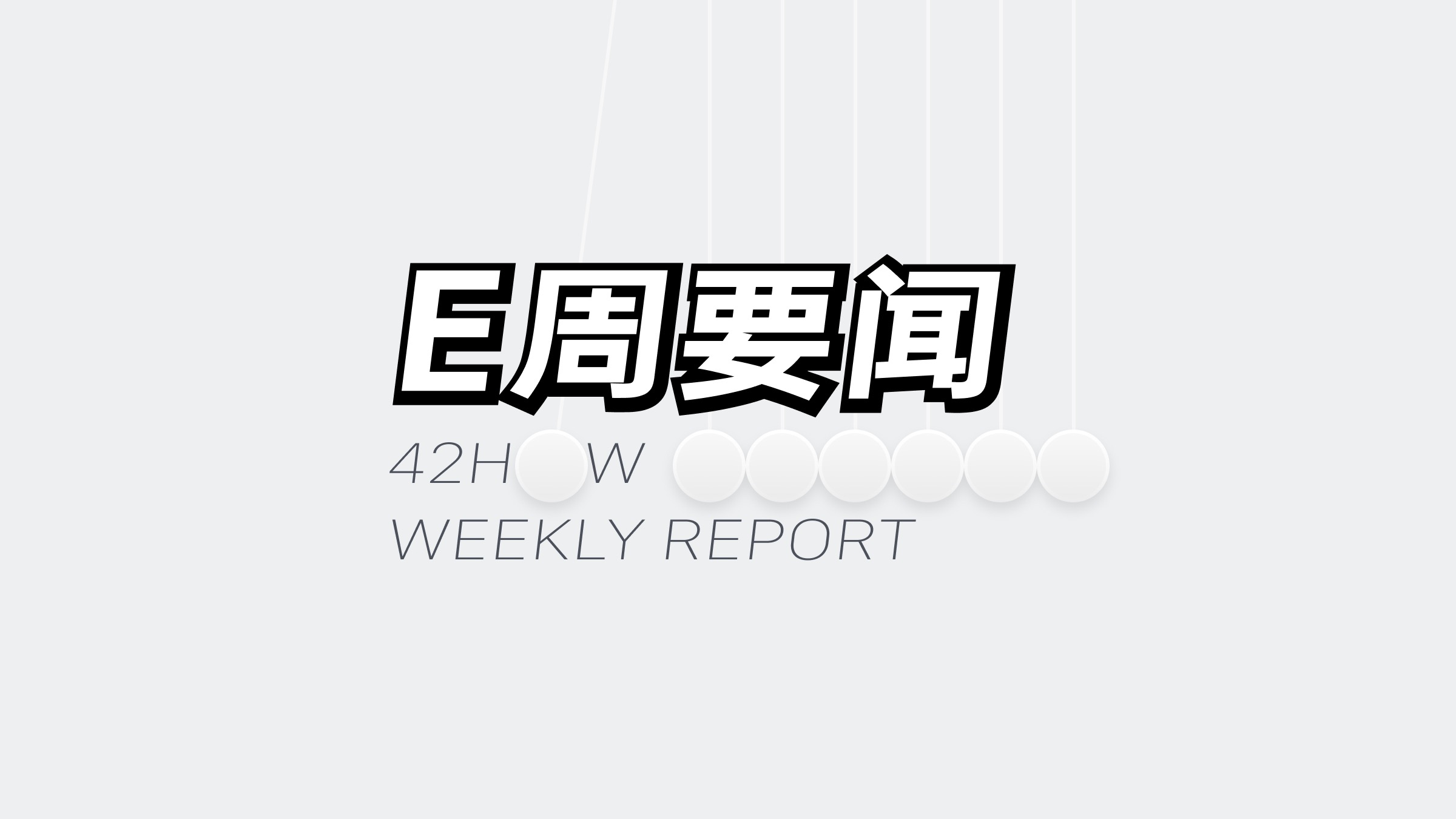Weekly Index
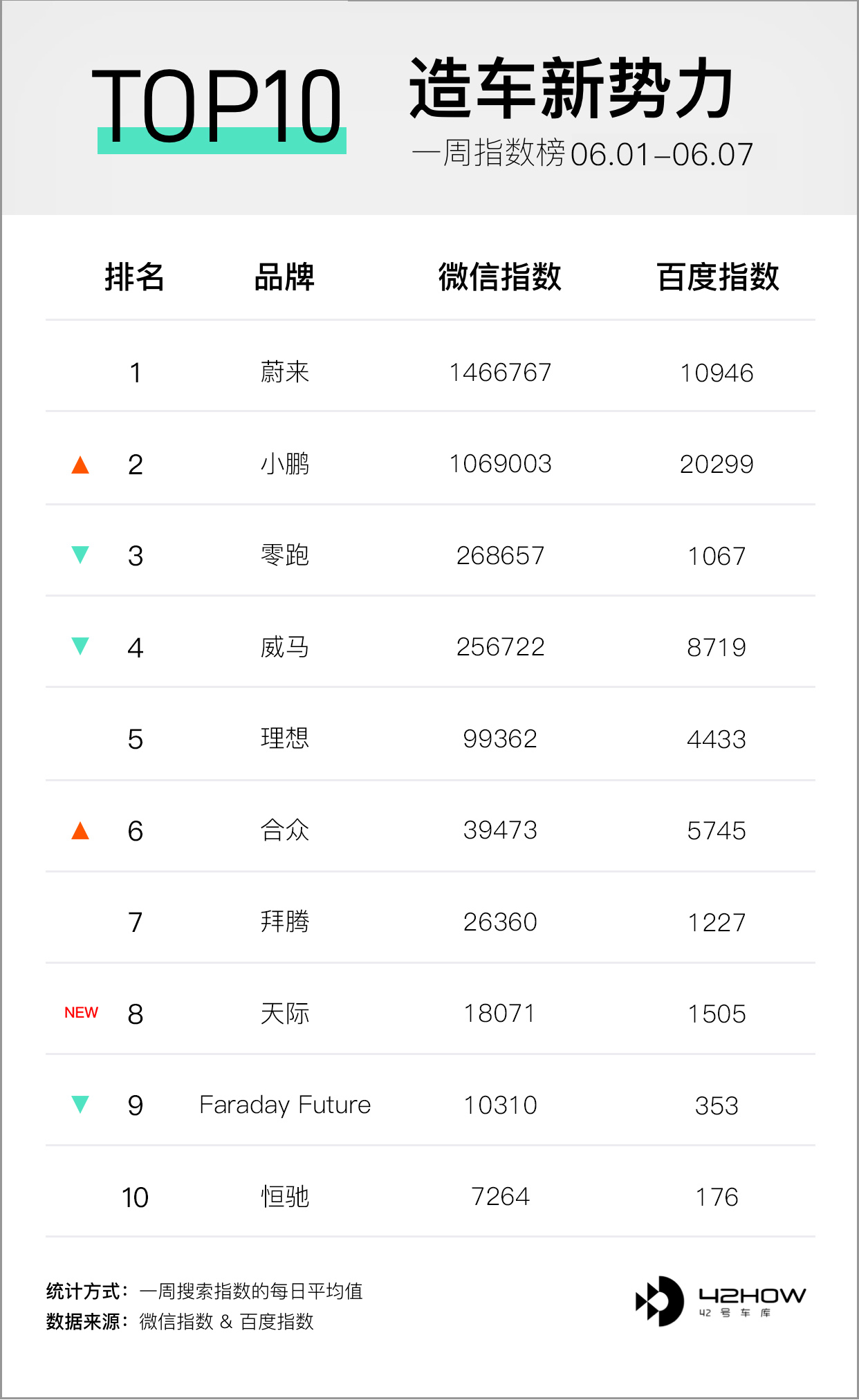
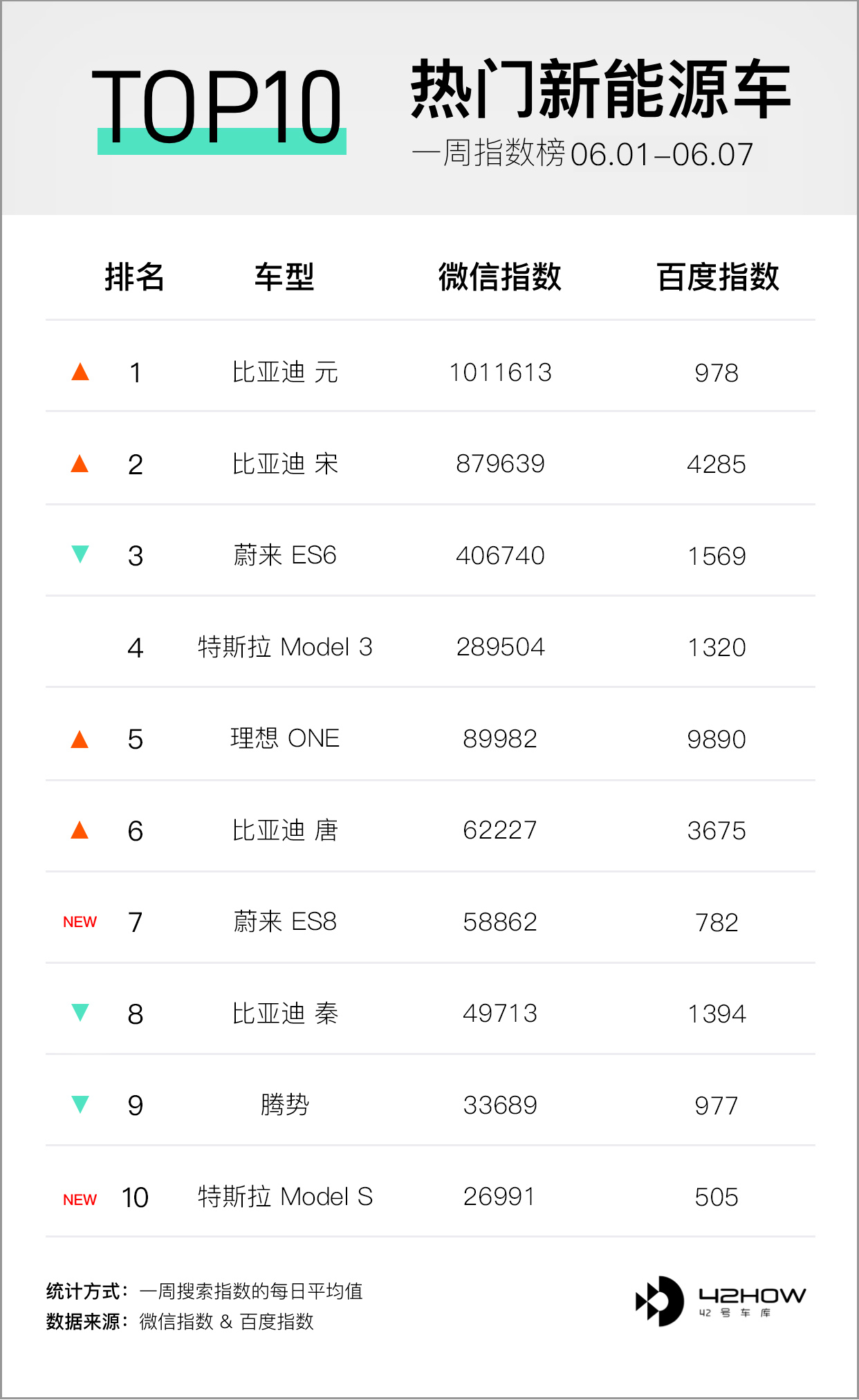
Weekly News
NIO breaks delivery record in May
In May 2020, NIO delivered a total of 3,436 new vehicles, of which 2,685 were ES6s and 751 were ES8s. The delivery volume increased by 8.9% month-on-month and 215.5% year-on-year. The cumulative delivery volume in 2020 reached 10,429, and the cumulative delivery volume of the NIO brand reached 42,342.
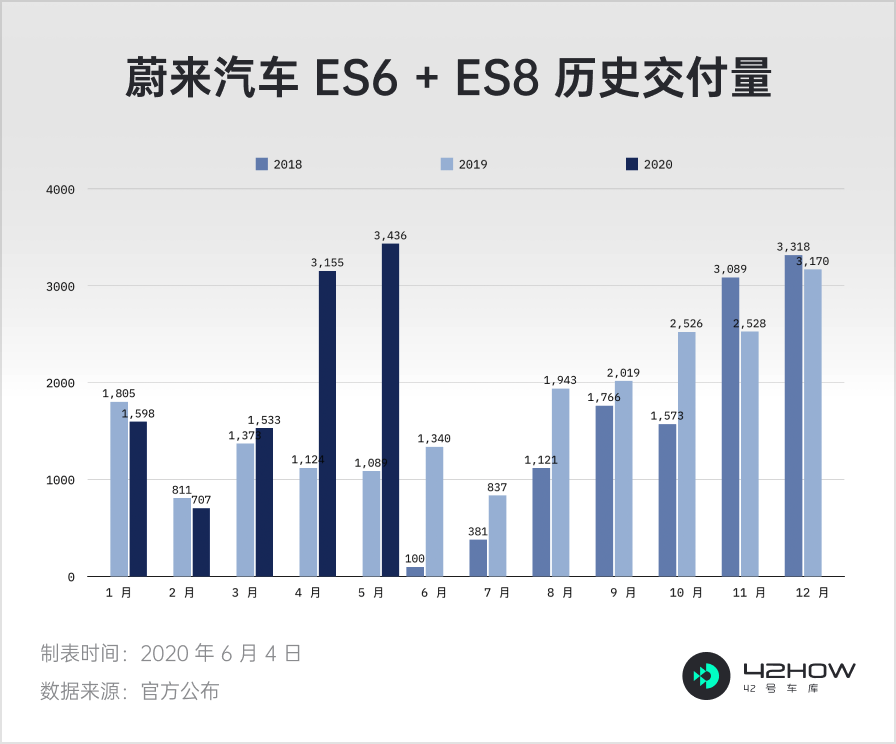
The delivery volume of May 2020 is a milestone for NIO. It is the highest monthly delivery volume since NIO delivered its first vehicle in May 2018. The previous record was set in December 2018 with a volume of 3,318.
Comment:
After securing financing from the Hefei government, it seems that worrying about whether NIO will collapse in the short term is unnecessary. The priority for NIO is higher sales and lower operating costs. In the Q1 2020 earnings conference call, Li Bin reiterated the goal of achieving positive gross margin in Q2, and gave specific figures of “gross margin per car exceeding 5%” and “company gross margin exceeding 3%”.
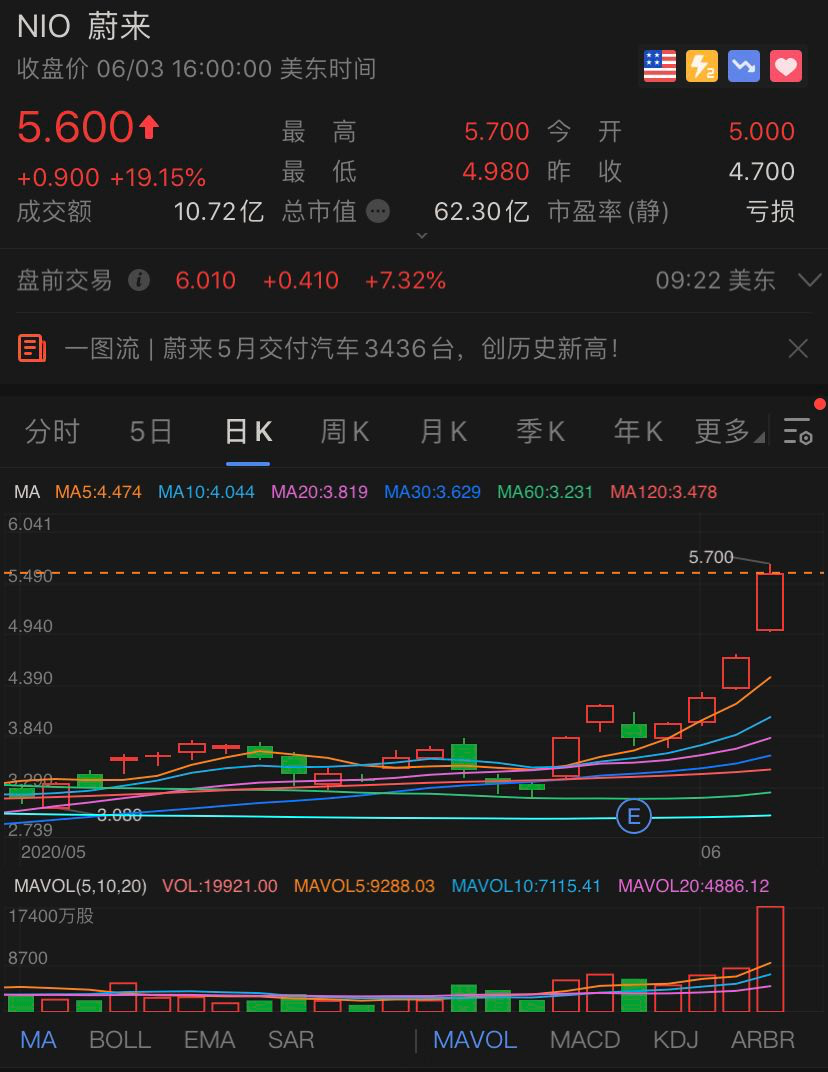
During the Q2 2020 earnings conference call, NIO revealed that the current capacity of the factory is 4,000 vehicles per month, but there are some bottlenecks on the supply side, so the production capacity is currently limited to around 3,400-3,500 vehicles. It seems that the delivery volume is restricted by the production capacity. With the increase in delivery volume and the favorable policies, the stock price of NIO has also reached the highest point in nearly a year.
Tesla’s FSD to release new features soon
On June 5th, Tesla announced that FSD will soon be launched with new features: “Identify traffic lights and stop signs and react to them, automatically assist driving navigation in city streets, and more.”
These upcoming features have already appeared on Tesla’s Autopilot page before the release on Tesla’s official WeChat account.
Brief Comment:
In a speech in February, Andrew Karpathy, the senior director of Tesla AI, mentioned that they have collected more than 10 billion miles of real driving data since September 2014. Amongst them, 3 billion miles have used the Autopilot advanced driving assistance system.
The “traffic light recognition” feature that will be pushed is Tesla’s first roll-out in North America back in April 25. It is worth noting that there are still significant differences between China and the United States when it comes to road conditions and regulations. Thus, I look forward to this update adapting to China’s traffic conditions and conducting “Chinese logic.”
“Battery Swapping Station” Written into the “Government Work Report” for the First Time.
On May 22, Premier Li Keqiang, on behalf of the State Council, made the “Government Work Report” at the third session of the 13th National People’s Congress. The report highlighted supporting the construction of “two new and one important industry” that both promote consumption and people’s livelihoods and adjust the structure and increase momentum. Regarding the new energy vehicle industry, increasing the number of charging piles, battery swapping stations, and other facilities to promote new energy vehicles is the most important.
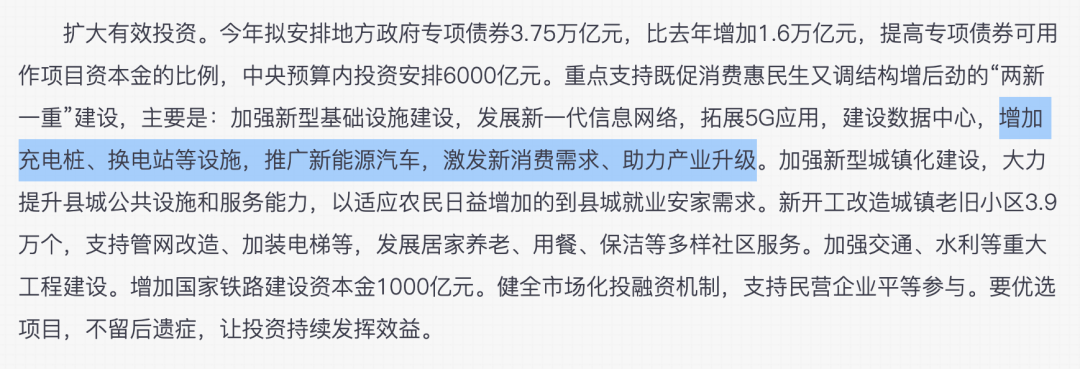
It is worth noting that this is the first time that “battery swapping station” has been written into the “Government Work Report.” Currently, the automakers that support the battery-swapping technology are mainly NIO and BAIC.
Brief Comment:
As of May 31, NIO has deployed 132 battery swapping stations. As of May 25, NIO Power has completed over 500,000 battery swaps. Judging from NIO’s total delivery of 42,342 units, there is already an insufficient supply of swapping stations in some hotspots.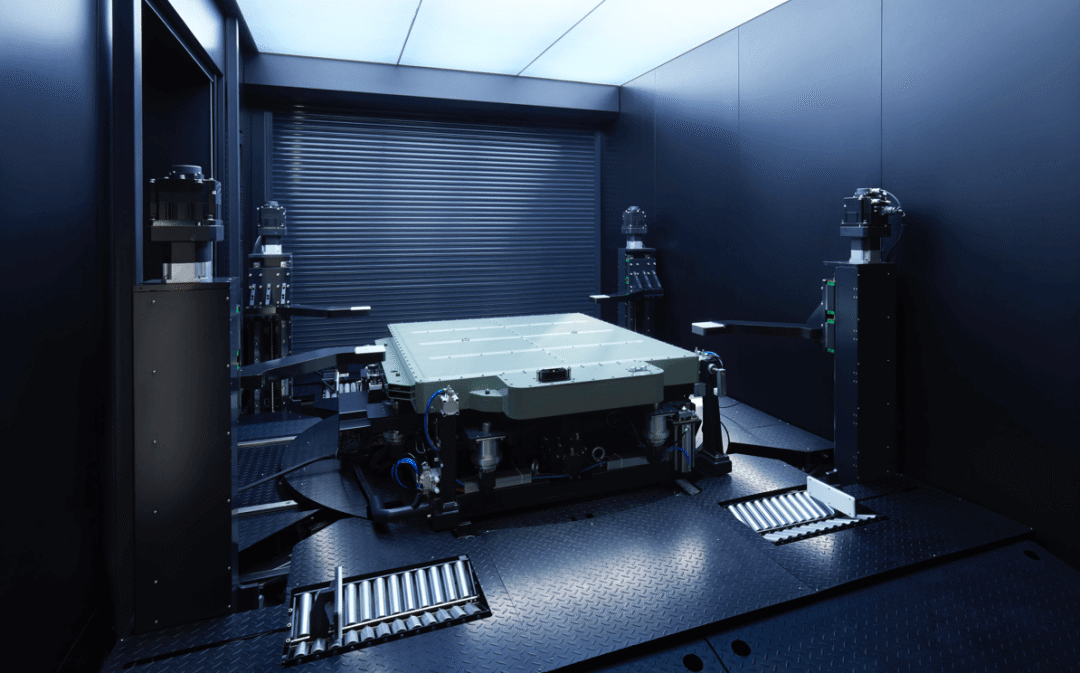
If NIO can maintain a delivery volume of over 3,000 units per month in the future, the saturation of the battery swap stations will increase, and the shortage will become more severe.
Wuling Hong Guang MINI EV on the list of the Ministry of Industry and Information Technology for exemption from purchase tax
On June 3, Wuling Hong Guang MINI EV appeared on the list of the Ministry of Industry and Information Technology for exemption from purchase tax. The low-end version and the middle-end version are equipped with a 9 kWh lithium iron phosphate battery, with a curb weight of 665 kilograms, NEDC range of 120 kilometers, and pre-sale price of 29,800 – 32,800 yuan.
The high-end version is equipped with a 14 kWh lithium iron phosphate battery, with a curb weight of 700 kilograms, NEDC range of 170 kilometers, and pre-sale price of 38,800 yuan. Both versions are equipped with a 20 kW motor.
Quick comment:
Wuling’s slogan is “We make what the people need.” From this perspective, the Wuling Hong Guang MINI, which has a not-too-long range but is not too expensive, seems to have seized the market for low-end transportation for the sinking population.
It should be noted that even if a 9 kWh or 14 kWh battery is charged with a 2-3 kW air conditioning socket, it can be fully charged in about 4-6 hours, which greatly reduces the threshold for installation of home charging piles. However, the NEDC range of 120-170 kilometers still causes concerns for daily commuting needs over 50 kilometers in first- and second-tier cities.
Shanghai’s First “Polestar Space” Opens
On June 6, the first Polestar Space officially opened in Shanghai. According to Gao Xing, the Polestar China CEO, Polestar will adopt an online direct sales model, and the offline Polestar Spaces will be established in cooperation with strategic partners using a “one city, one partner” relationship.
The standard area of Polestar Space is about 250 square meters, and the initial investment will not exceed 3 million RMB. According to Polestar’s estimation, the operating cost of Polestar Space, including rent and personnel, will not exceed 6 million RMB per year.
Currently, 11 dealership groups have signed strategic investment agreements with Polestar and promised to build 17 Polestar Spaces. In addition, eight dealership groups have also applied and are in the review process by Polestar.
Quick Comment:
Polestar’s best-selling model should be the Polestar 2, which is built on the CMA architecture and shares the same platform with Volvo XC40, Geely Starry, Lynk & Co and other cars. From the Polestar website, the battery capacity of Polestar 2 is 71 kWh, with a NEDC range of 450 km. Polestar 2 should start delivering to users soon, and we look forward to seeing it on the road.
In addition, it was confirmed at the opening ceremony that the large pure electric SUV, Polestar 3, has been confirmed to be in production, and the production of Polestar Precept is also in the plans for the future.
This article is a translation by ChatGPT of a Chinese report from 42HOW. If you have any questions about it, please email bd@42how.com.
